Understanding the Scope of the CSRD: Who needs to comply?

- Category
- Climate Essentials
- Topics
- Regulations
- Published
- 23 April 2024
Contents
- CSRD Scope – What are the new thresholds?
- Large enterprises
- Medium enterprises
- Small enterprises
- Micro enterprises
- Rationale behind the adjustments
- Who needs to comply with the CSRD and when?
- Applicability to non European companies
- Implications for reporting and EU taxonomy
- What are the CSRD requirements?
- General disclosures
- CSRD Reporting
- Links to the CSDDD
- Link to the SFDR
Nearly 50,000 companies fall within the scope of the CSRD. Here's what you need to know.
The Corporate Sustainability Reporting Directive (CSRD) represents a significant shift for many companies, necessitating internal adjustments and external preparations. And one of the most commonly asked questions is about needs to comply with the CSRD. The European Commission has revised the previous thresholds, impacting the inclusion criteria for reporting obligations.
CSRD Scope – What are the new thresholds?
The CSRD's sustainability reporting standards and thresholds have been aligned with the parameters outlined in the Accounting Directive 2013/34/EU. The CSRD was designed to extend the scope of the companies concerned by the Non-Financial Reporting Directive (NFRD).
However, a pivotal change occurred on October 17, 2023, when the European Commission endorsed a proposal to raise these thresholds. This adjustment led to a redefinition of micro, small, medium, and large EU companies, resulting in some companies being exempt from both financial and sustainability reporting obligations that were previously mandated under the same CSRD reporting standards.
Large enterprises
Balance sheet: More than €25M
Net turnover: More than €50M
Employees: More than 250
Medium enterprises
Balance sheet: €5M - €25M
Net turnover: €10M - €50M
Employees: Up to 250
Small enterprises
Balance sheet: €450,000 - €5M
Net turnover: €900,000 - €10M
Employees: Up to 50
Micro enterprises
Balance sheet: Up to €450,000
Net turnover: Up to €900,000
Employees: Up to 10
Rationale behind the adjustments
The European Commission's periodic review of criteria, mandated every five years, necessitated adjustments to reflect prevailing economic conditions. In response to inflationary pressures observed in recent years, the revisions aim to prevent smaller companies from being inadvertently subjected to more stringent reporting standards designed for larger enterprises. By recalibrating the thresholds, regulators aim to strike a balance between regulatory compliance and operational feasibility.
Who needs to comply with the CSRD and when?
The phased implementation of the corporate sustainability reporting directive spans from 2024 to 2029, with varying deadlines based on factors such as company size and listing status. An estimated 50,000 companies across the EU are expected to be affected. Note that EU member states must transpose the CSRD into their national law by June 16, 2024.
Phase 1: Large Companies Subject to the Non Financial Reporting Directive (NFRD)
The first phase impacts large companies with 500 or more employees already subject to the NFRD. They must start reporting in line with the CSRD in 2025 for the 2024 financial year. Note that both unlisted and listed companies are covered.
Phase 2: Inclusion of Additional Large Companies
The second phase encompasses large companies meeting at least two of three specified requirements above, previously not subject to the NFRD. Note that both unlisted and listed companies are covered. They must start reporting in 2026 for the 2025 financial year.
Phase 3: EU Market-Traded Entities
Large EU public companies with shares traded on EU markets and over 500 employees commence reporting in 2026 for the 2025 financial year.
Subsequent Phases:
EU-Based and Non-EU Conglomerates
EU-based conglomerates and non-EU firms listed on an EU regulated market will start reporting in 2026 for financial periods starting on or after January 1, 2025.Small and Medium-Sized Enterprises (SMEs)
Small and medium-sized EU enterprises and non-EU entities listed on EU regulated markets embark on reporting between 2027 and 2029, aligning with financial periods commencing on or after January 1, 2026. Note that the The CSRD doesn't place any new reporting requirements on small companies, with the exception of those with securities listed on regulated markets.Non-EU Companies with EU Subsidiaries
Non-EU companies with significant EU subsidiaries or branches commence reporting in 2029 for financial years starting on or after January 1, 2028.
Applicability to non European companies
Non European Union based companies need to comply with the CSRD if they meet certain criteria:
Listed on a EU regulated market with securities like stocks or bonds.
Generate annual EU revenues surpassing €150 million, with an EU branch annual net turnover of €40 million (the "EU Turnover Test")
Generate annual EU revenues exceeding €150 million and own an EU subsidiary considered a large company, meeting at least two of the following criteria: more than 250 EU-based employees, a balance sheet exceeding €20 million, or local revenue exceeding €40 million.
Note that the CSRD does not apply to securities of companies listed on EU multilateral trading facilities.
Implications for reporting and EU taxonomy
The revised thresholds have implications for sustainability reporting and adherence to the EU taxonomy. Large and listed medium-sized companies experience a reduction in reporting requirements, potentially alleviating compliance burdens. However, precise estimates of the number of companies no longer subject to the CSRD remain elusive, highlighting the evolving nature of regulatory landscapes.
What are the CSRD requirements?
General disclosures
The European Sustainability Reporting Standards (ESRS)
The European Sustainability Reporting Standards (ESRS), are instrumental guidelines outlined by the European Commission to facilitate compliance with the CSRD across the EU. These standards serve as a framework for companies to disclose pertinent sustainability information within their management reports. By aligning with the ESRS, companies ensure adherence to specific sustainability reporting, formats and methodologies, fostering consistency and comparability in sustainability disclosures mandated by the CSRD.
In total, there are 12 ESRS that outline disclosures and metrics covering various corporate sustainability reporting aspects grouped into four categories:
Cross-cutting: Encompassing general principles and disclosures applicable across different areas.
Environmental: Addressing topics such as greenhouse gas emissions, climate change, pollution, water and marine resources, biodiversity, ecosystems, energy efficiency, resource utilization, and circular economy practices.
Social: Qualitative data involving considerations related to the company's workforce, workers within the value chain, impacted communities, and consumers or users.
Governance: Focusing on aspects of business conduct and governance practices.
Compliance with the ESRS is essential for meeting the various reporting standards and obligations stipulated in the CSRD, thereby enhancing transparency and accountability in corporate sustainability practices.
CSRD reporting requirements stipulate that all information must undergo independent third-party verification, a requirement absent in the Non-Financial Reporting Directive (NFRD). This verified data should be published in a dedicated section of the company's management report. Typically, the company's statutory auditor is tasked with providing this limited assurance, although some EU Member States might permit an independent assurance services provider to fulfill this role. Note that within the next three years, the CSRD will introduce a requirement of reasonable assurance, which will be based around the auditor's examination and understanding of the organization's operations, processes and controls.
Double materiality
Double materiality is key to CSRD reporting requirements. It is a concept that extends the traditional understanding of materiality in reporting to encompass both financial and non financial data.
This approach acknowledges that social and environmental issues not only affect a company's financial performance but also have significant implications for society and the environment (known as 'impact materiality').
By evaluating both the financial materiality of ESG issues and their societal and environmental significance, double materiality provides a comprehensive framework for assessing and managing risks and opportunities in corporate reporting and decision-making. It underscores the importance of considering the broader impacts of business activities beyond financial metrics alone.
For more information about conducting a materiality analysis (which includes both financial materiality and impact materiality), take a look at our dedicated resource.
Specific disclosure requirements
Within the scope of sustainability reporting, organizations are required to provide comprehensive data and management commentary on sustainability information across several key areas, including:
Target metrics and transition plans:
Companies are required to disclose their company's climate targets, track progress towards achieving them, and elucidate how these targets align with the transition to a sustainable economy and the goal of achieving net-zero emissions by 2050, as mandated by EU regulations. Note that these need to be calculated via a scientific method.
Value and supply chains:
Firms are obligated to detail their due diligence procedures concerning the identification and mitigation of social and environmental impacts within their value chain.
Sustainability policies and due diligence:
This entails outlining specific policies related to various sustainability domains and articulating due diligence practices for monitoring and enforcing these policies. Areas covered may range from environmental protection to social responsibility and anti-corruption measures.
Sustainability risks:
Documentation of the risks and opportunities arising from sustainability factors like climate change and fossil fuel dependence is mandated. This involves assessing the resilience of the business model to these risks and evaluating their potential ramifications on stakeholders, shareholders, operations, and financial performance.
CSRD Reporting
The CSRD mandates that companies report annually on their sustainability performance across their value chain, and present their reports in XHTML format, for easy accessibility by investors and other stakeholders through the European Single Access Point (ESAP) database. This entails 'tagging' sustainability information using a new digital categorization system, to be unveiled alongside the Reporting standards. Companies must integrate CSRD disclosures into their management report, merging financial and sustainability information – thereby making it easily accessible to governing bodies, investors and other stakeholders.
Links to the CSDDD
The Corporate Sustainability Reporting Directive (CSRD) and the Corporate Sustainability Due Diligence Directive (CSDDD) are two pillars of the European Union's (EU) sustainability framework, each playing a vital role in advancing corporate responsibility around sustainability issues. While the CSRD emphasizes transparent reporting of sustainability efforts by EU companies, the CSDDD focuses on enforcing due diligence to address environmental and social impacts, applicable to both EU and non-EU entities. However, the synergy between these directives is notable: the CSDDD serves as a toolkit for companies to fulfill their environmental and human rights responsibilities via a climate transition plan, complementing the CSRD's requirements for comprehensive sustainability reporting.
Link to the SFDR
The Corporate Sustainability Reporting Directive (CSRD) and the Sustainable Finance Disclosure Regulation (SFDR) together aim to harmonize sustainability reporting requirements across the European Union (EU). Under this framework, the CSRD serves as a vital source of sustainability-related data, which financial entities rely on to fulfill their obligations under the SFDR. By incorporating CSRD disclosures into their reporting, financial advisors and market participants can ensure compliance with SFDR requirements. They can also ensure that the market for green investments in transparent and credible.
How can Sweep help with the CSRD?
Meet CSRD disclosure requirements in a matter of weeks, not months and meet your sustainability targets:
Our CSRD ready-to-use indicators and questionnaires developed by our experts can help you streamline sustainability data collection across your company's entire value chain.
We support you to conduct an thorough double materiality assessment.
We ensure transparency and help you save precious time thanks to automation and digitalization.
The tool is easy to use for you and the companies in your value chain, with all the support and guidance you need to kickstart your journey.
Find out more about how we can help you get a handle on your ESG data, and stay compliant with the CSRD and a range of other standards including the Sustainable Finance Disclosure Regulation (SFDR).
More stories
Track, report and act
Sweep helps you get your carbon on-track
Sign up to The Cleanup, our monthly climate newsletter

© Sweep 2023


